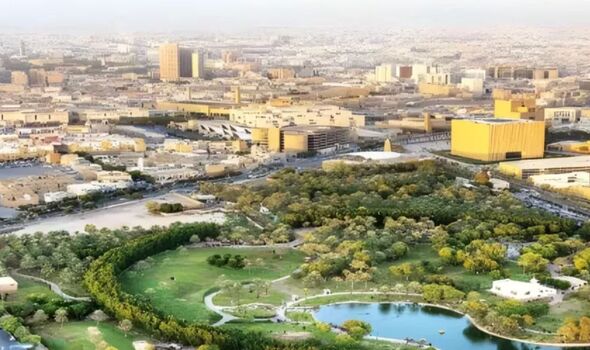Saudi Arabia is set to transform its desert capital into a lush oasis with the ambitious Green Riyadh project, though it faces challenges that have hindered other sustainability initiatives in the kingdom.
Green Riyadh aims to enhance air quality and lower temperatures by planting 7.5 million trees across the capital. This project is a key component of Prince Salman’s Vision 2030, designed to revitalize urban spaces and improve the quality of life.
Launched in March 2019, Green Riyadh is one of four major projects under Vision 2030, alongside King Salman Park, Sports Boulevard, and Riyadh Art. Together, these initiatives are estimated to cost approximately 86 billion Saudi riyals, or £18billion.
According to the Riyadh Royal Commission, Green Riyadh is “one of the most ambitious urban forestation projects in the world.”
By 2030, the project aims to plant trees in gardens, parks, mosques, schools, and along streets, using recycled water from a new irrigation network.
It is projected to generate over £15billion in economic returns by 2030 through healthcare savings, increased property values, and the use of treated wastewater for irrigation.
However, past projects like the Neom megacity have faced setbacks due to high costs and engineering challenges. Similarly, Green Riyadh may encounter difficulties in sustaining greenery in the arid environment.
A report from King Abdulaziz University’s architecture faculty noted that while there has been a slight increase in vegetation, many planted trees have not thrived, highlighting the potential challenges in maintaining green initiatives in desert climates.
